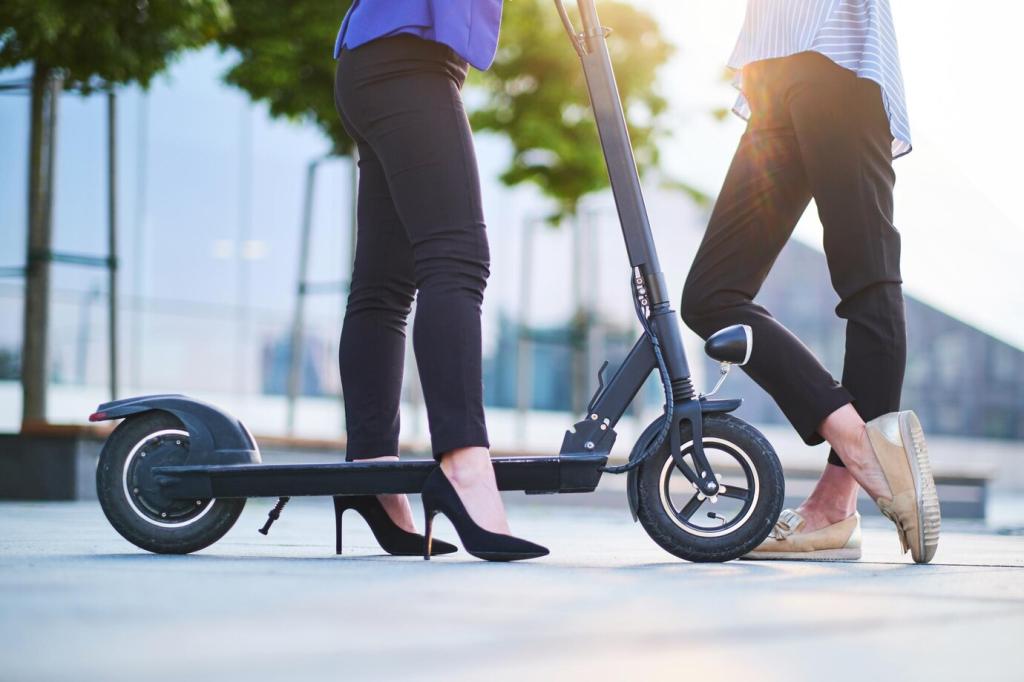Visibility, Clothing, and Comfort that Keep You Riding
Supplement stock lights with a helmet lamp aimed low to avoid glare, plus a rear flasher and reflective ankle bands. Cold reduces battery output, so carry a small power bank for accessories. What lighting setups pierce fog and sleet for you? Share details.
Visibility, Clothing, and Comfort that Keep You Riding
Pair a moisture‑wicking base with an insulating mid‑layer and a windproof, water‑resistant shell. Add insulated gloves or pogies, neck gaiter, and anti‑fog eyewear. Staying warm preserves focus and control. Tell us your favorite glove and sock combos for sub‑zero commutes.










